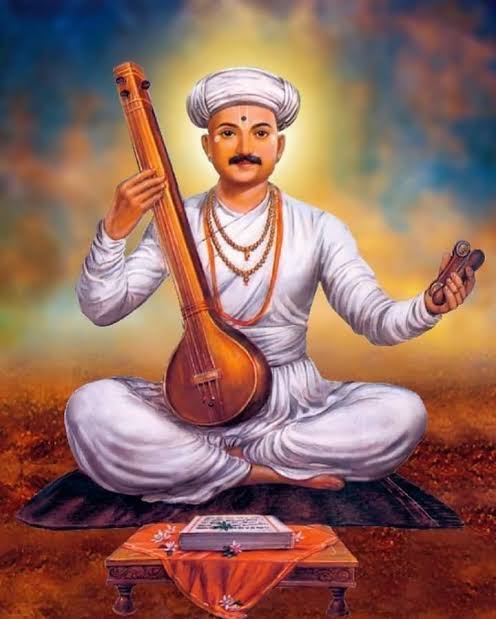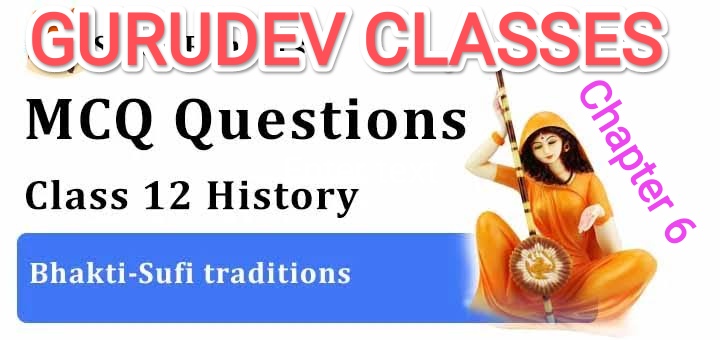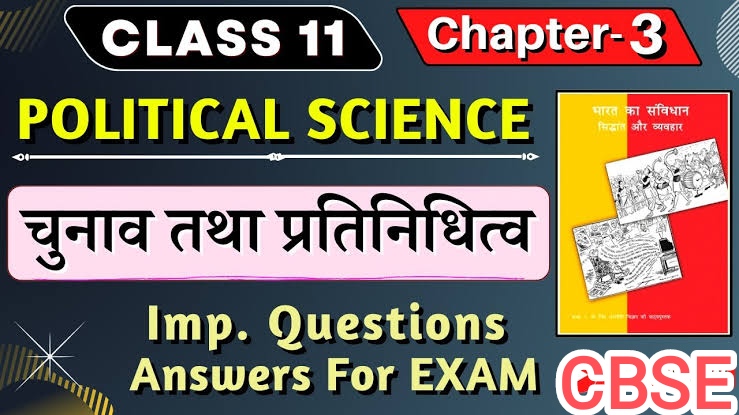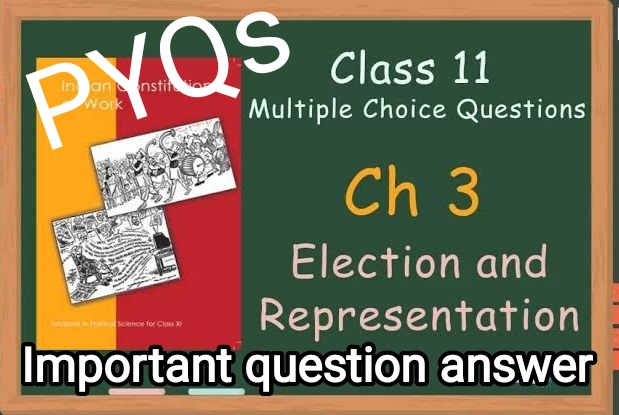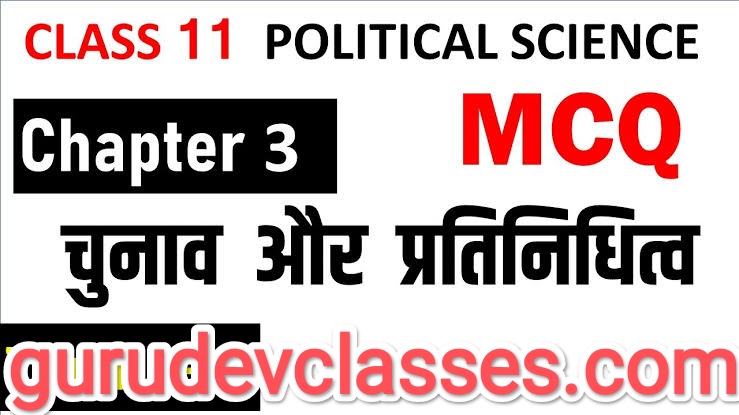✳️ 1–20: Factual and Conceptual MCQs (Direct NCERT-based)
- The term ‘Bhakti’ means:
- (A) Faith
- (B) Devotion ✅
- (C) Sacrifice
- (D) Fasting
- The Nayanars were devoted to:
- (A) Vishnu
- (B) Shiva ✅
- (C) Buddha
- (D) Brahma
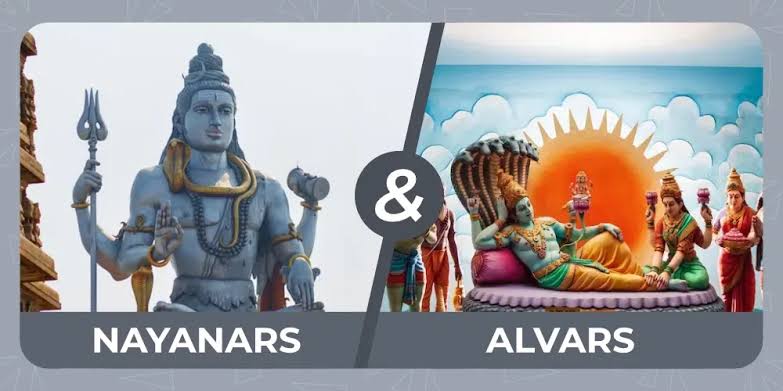
3. Tevaram is a compilation of:
- (A) Buddhist chants
- (B) Nayanar hymns ✅
- (C) Alvar songs
- (D) Jain texts
4. Andal was associated with:
- (A) Nayanars
- (B) Alvars ✅
- (C) Lingayats
- (D) Sufis
5. The Alvars were:
- (A) Devotees of Vishnu ✅
- (B) Devotees of Shiva
- (C) Jain monks
- (D) Buddhist nuns
6. The Lingayat tradition was founded by:
- (A) Akka Mahadevi
- (B) Basavanna ✅
- (C) Namdev
- (D) Andal
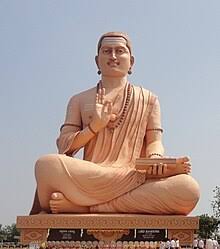
7. Virashaiva tradition rejected:
- (A) Vedic authority ✅
- (B) Devotion
- (C) Singing
- (D) Language
8. Bhakti saints composed in:
- (A) Sanskrit
- (B) Persian
- (C) Local languages ✅
- (D) Pali
9. Which Bhakti saint belonged to the Nirguna tradition?
- (A) Tulsidas
- (B) Mirabai
- (C) Kabir ✅
- (D) Andal
10. Guru Nanak’s teachings were compiled in:
- (A) Dasam Granth
- (B) Guru Granth Sahib ✅
- (C) Adigranth
- (D) Bhaktamal
11. Kabir’s poems were compiled in:
- (A) Kabir Bijak
- (B) Guru Granth sahib
- (C) Kabir Granthawali
- (D) All of the above ✅
12. Guru Nanak rejected:
- (A) Idol worship ✅
- (B) Meditation
- (C) Music
- (D) Poetry
13. The main theme of Bhakti movement was:
- (A) Ritualism
- (B) Devotion to a personal god ✅
- (C) Asceticism
- (D) Warfare
14. The Sufi saint Muinuddin Chishti settled in:
- (A) Ajmer ✅
- (B) Delhi
- (C) Lahore
- (D) Gulbarga
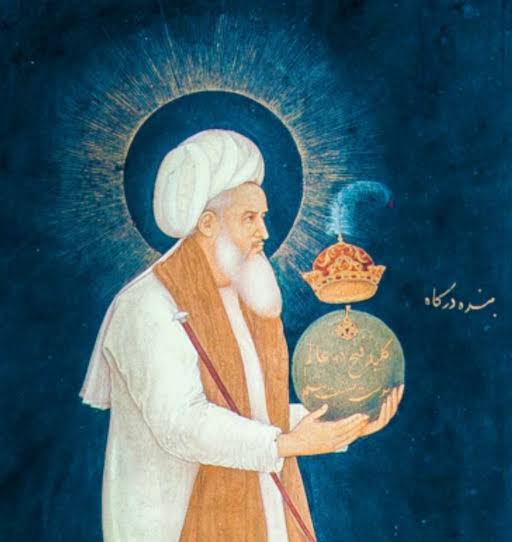
15. A Khanqah was:
- (A) A mosque
- (B) A marketplace
- (C) A hospice for Sufi disciples ✅
- (D) A temple
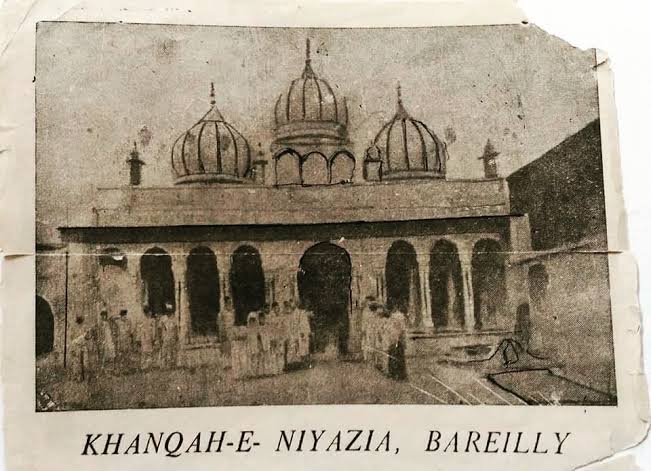
16. Fana in Sufism means:
- (A) Rebirth
- (B) Dance
- (C) Annihilation of self ✅
- (D) Ritual bathing
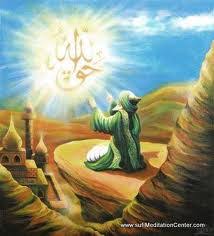
17. Sufis organized themselves in:
- (A) Guilds
- (B) Gharanas
- (C) Silsilas ✅
- (D) Varnas
18. Which text includes hymns of both Bhakti and Sufi saints?
- (A) Kabir Bijak
- (B) Guru Granth Sahib ✅
- (C) Ginan
- (D) Prabandham
19. Nam-simran is associated with:
- (A) Sufis
- (B) Kabir
- (C) Guru Nanak ✅
- (D) Mirabai
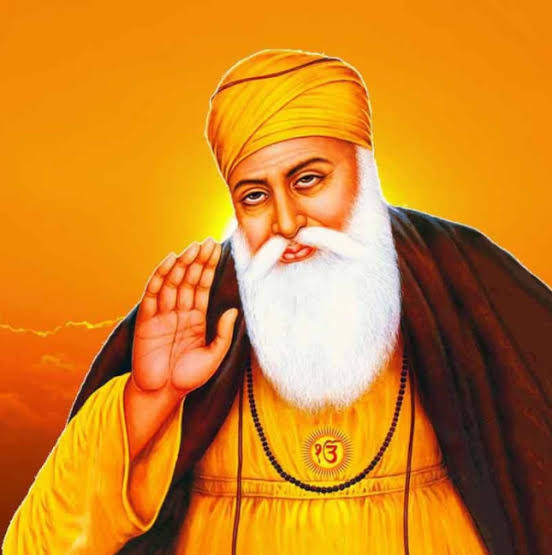
20. Sufi shrines are called:
- (A) Gumbad
- (B) Chilla
- (C) Dargah ✅
- (D) Idgah
✳️ 21–30: Assertion and Reason Type MCQs
Q21
Assertion (A): Alvar and Nayanar saints revolted against Brahmanism.
Reason (R): They completely rejected temples and idol worship.
(A) Both Assertion and Reason are correct, and Reason is the correct explanation of Assertion.
(B) Both Assertion and Reason are correct, but Reason is not the correct explanation of Assertion.
(C) Assertion is correct but Reason is wrong.
(D) Assertion is wrong but Reason is correct.
✅ Correct Answer: (C)
Q22
Assertion (A): Bhakti movement promoted social equality.
Reason (R): Bhakti saints rejected discrimination on the basis of caste, class and gender.
(A) Both Assertion and Reason are correct, and Reason is the correct explanation of Assertion.
(B) Both Assertion and Reason are correct, but Reason is not the correct explanation of Assertion.
(C) Assertion is correct but Reason is wrong.
(D) Assertion is wrong but Reason is correct.
✅ Correct Answer: (A)
Question 23
Assertion (A): Sufi saints used only Persian language.
Reason (R): Persian was the administrative language of that time.
(A) Both Assertion and Reason are correct, and Reason is the correct explanation of Assertion.
(B) Both Assertion and Reason are correct, but Reason is not the correct explanation of Assertion.
(C) Assertion is wrong but Reason is correct.
(D) Assertion is correct but Reason is wrong.
✅ Correct Answer: (C)
Question 24
Assertion (A): Kabir supported Nirgun Bhakti.
Reason (R): He termed idol worship and external pomp as useless.
(A) Both Assertion and Reason are correct, and Reason is the correct explanation of Assertion.
(B) Both Assertion and Reason are correct, but Reason is not the correct explanation of Assertion.
(C) Assertion is correct but Reason is wrong.
(D) Assertion is wrong but Reason is correct.
✅ Correct Answer: (A)
Question 25
Assertion (A): Shankaracharya preached Advaita Vedanta.
Reason (R): He told that Atma (soul) and Paramatma (supreme soul) are different.
(A) Both Assertion and Reason are correct, and Reason is the correct explanation of Assertion.
(B) Assertion is correct but Reason is wrong.
(C) Assertion is wrong but Reason is correct.
(D) Both Assertion and Reason are wrong.
✅ Correct Answer: (B)
Question 26
Assertion (A): Chishti Sufis promoted social equality.
Reason (R): They discriminated on the basis of caste, religion, and gender.
(A) Both Assertion and Reason are correct, and Reason is the correct explanation of Assertion.
(B) Both Assertion and Reason are correct, but Reason is not the correct explanation of Assertion.
(C) Assertion is correct but Reason is wrong.
(D) Assertion is wrong but Reason is correct.
✅ Correct Answer: (C)
Question 27
Assertion (A): Sufis established khanqahs.
Reason (R): These places were centres of religious education and service.
(A) Both Assertion and Reason are correct, and Reason is the correct explanation of Assertion.
(B) Both Assertion and Reason are correct, but Reason is not the correct explanation of Assertion.
(C) Assertion is correct but Reason is wrong.
(D) Assertion is wrong but Reason is correct.
✅ Correct Answer: (A)
Q 28
Assertion (A): Guru Nanak laid the foundation of Sikhism.
Reason (R): He composed Guru Granth Sahib.
(A) Both Assertion and Reason are correct, and Reason is the correct explanation of Assertion.
(B) Both Assertion and Reason are correct, but Reason is not the correct explanation of Assertion.
(C) Assertion is correct but Reason is wrong.
(D) Assertion is wrong but Reason is correct.
✅ Correct Answer: (C)
Q 29
Assertion (A): Bhakti and Sufi movements were those that promoted secular values.
Reason (R): He stressed on religious tolerance and love.
(A) Both Assertion and Reason are correct, and Reason is the correct explanation of Assertion.
(B) Both Assertion and Reason are correct, but Reason is not the correct explanation of Assertion.
(C) Assertion is correct but Reason is wrong.
(D) Assertion is wrong but Reason is correct.
✅ Correct Answer: (A)
Question 30
Assertion (A): Mirabai renounced her husband and royal life.
Reason (R): She was a disciple of Tulsidas.
(A) Both Assertion and Reason are correct, and Reason is the correct explanation of Assertion.
(B) Both Assertion and Reason are correct, but Reason is not the correct explanation of Assertion.
(C) Assertion is correct but Reason is wrong.
(D) Assertion is wrong but Reason is correct.
✅ Correct Answer(C)
- Arrange the following in chronological order:
i. Guru Nanak’s birth
ii. Muinuddin Chishti arrives in India
iii. Kabir’s poetry
iv. Compilation of Guru Granth Sahib
- (A) ii, i, iii, iv
- (B) ii, iii, i, iv ✅
- (C) iii, ii, iv, i
- (D) i, iii, iv, ii
- Which saint lived during Akbar’s reign?
- (A) Kabir
- (B) Mirabai
- (C) Guru Arjan Dev ✅
- (D) Basavanna
- Arrange the following Bhakti saints as per their birth: i. Andal
ii. Kabir
iii. Guru Nanak
iv. Mirabai
- (A) i, ii, iv, iii
- (B) i, ii, iii, iv ✅
- (C) ii, i, iii, iv
- (D) iii, iv, i, ii
- Identify the correct sequence of Sufi silsilas:
- (A) Chishti → Suhrawardi → Naqshbandi
- (B) Chishti → Qadiri → Naqshbandi
- (C) Suhrawardi → Chishti → Naqshbandi ✅
- (D) Naqshbandi → Chishti → Suhrawardi
- Which of the following is the correct timeline for the Bhakti–Sufi tradition?
- (A) 6th to 12th century CE ✅
- (B) 12th to 16th century BCE
- (C) 2nd to 5th century CE
- (D) 10th to 20th century CE
✳️ 36–45: Statement-Based / Match-the-Following
- Which of the following is true about Kabir’s teachings?
- (A) He accepted only Hindu scriptures
- (B) He opposed both Hindu and Muslim dogmas ✅
- (C) He worshipped Shiva alone
- (D) He promoted idol worship
- Match the following:
| Saint | Region |
|---|---|
| A. Kabir | 1. Maharashtra |
| B. Namdev | 2. Punjab |
| C. Guru Nanak | 3. Banaras |
- (A) A–3, B–1, C–2 ✅
- (B) A–2, B–3, C–1
- (C) A–1, B–2, C–3
- (D) A–3, B–2, C–1
- Which is a correct feature of the Lingayat tradition?

- (A) Idol worship
- (B) Brahmanical rituals
- (C) Cremation
- (D) Rejection of caste hierarchy ✅
- Kabir’s legacy is found in:
- (A) Bijak ✅
- (B) Tevaram
- (C) Ginan
- (D) Adigranth
- The idea of equality before God was promoted by:
- (A) Brahmanism
- (B) Sufism and Bhakti ✅
- (C) Jainism
- (D) Shaivism
✳️ 46–50: Visual / Map / NCERT Source-Based
(To be accompanied by source image/map in exam)
- Identify the Bhakti saint from Banaras who rejected both Hindu and Muslim orthodoxy:
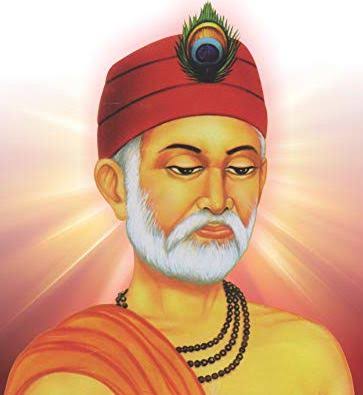
- (A) Basavanna
- (B) Kabir ✅
- (C) Guru Nanak
- (D) Chaitanya
- The Sufi shrine at Ajmer is of:
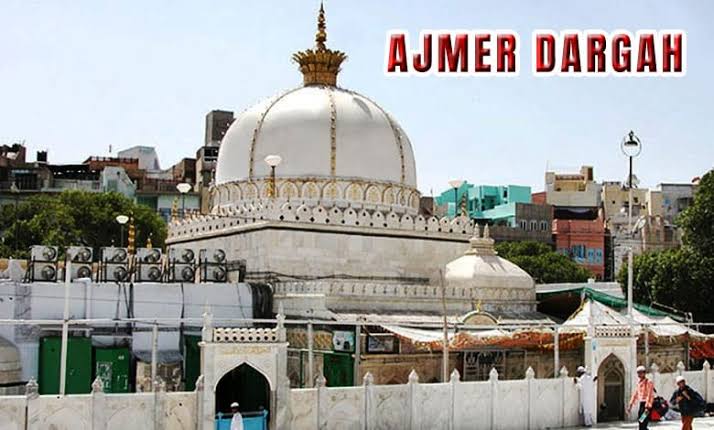
- (A) Baba Farid
- (B) Sheikh Nizamuddin
- (C) Muinuddin Chishti ✅
- (D) Khwaja Qutbuddin
- Which region saw the rise of Lingayat movement?
- (A) Punjab
- (B) Tamil Nadu
- (C) Karnataka ✅
- (D) Bengal
- Identify the image where the Sufi Pir is giving Barakat to followers:
- (A) Robe distribution
- (B) Tomb scene
- (C) Sitting under tree with disciples ✅
- (D) Offering prayers at mosque
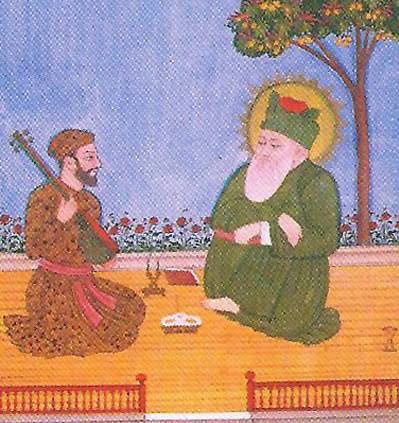
- Which saint composed Abhangas?
- (A) Mirabai
- (B) Namdev ✅
- (C) Kabir
- (D) Chaitanya
